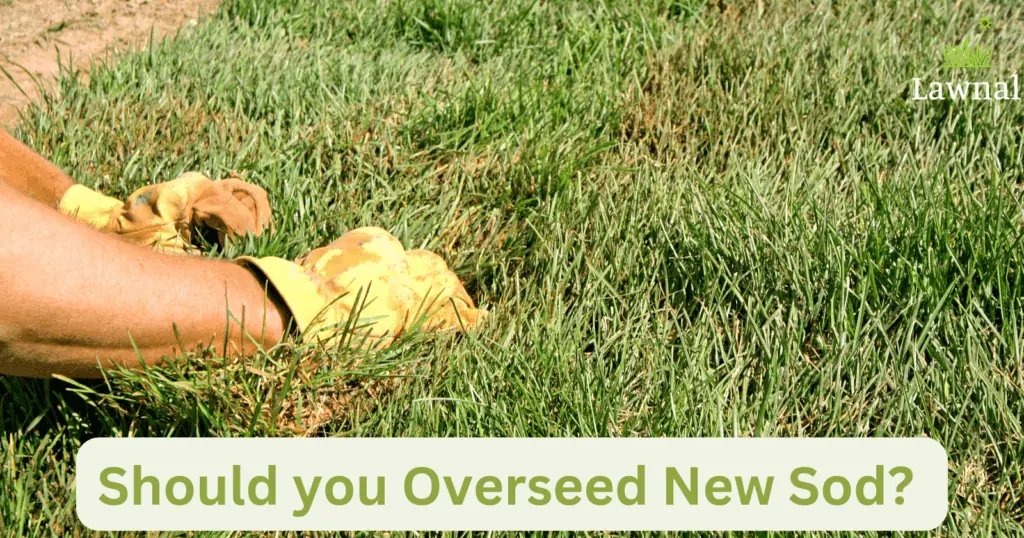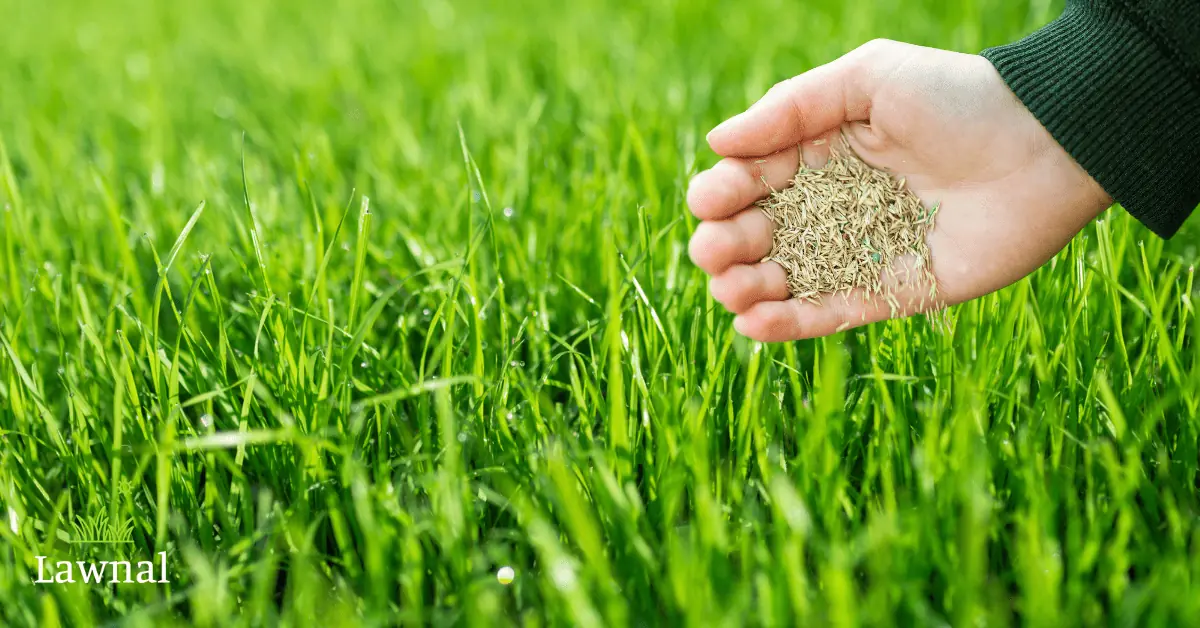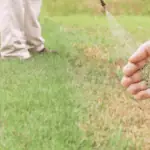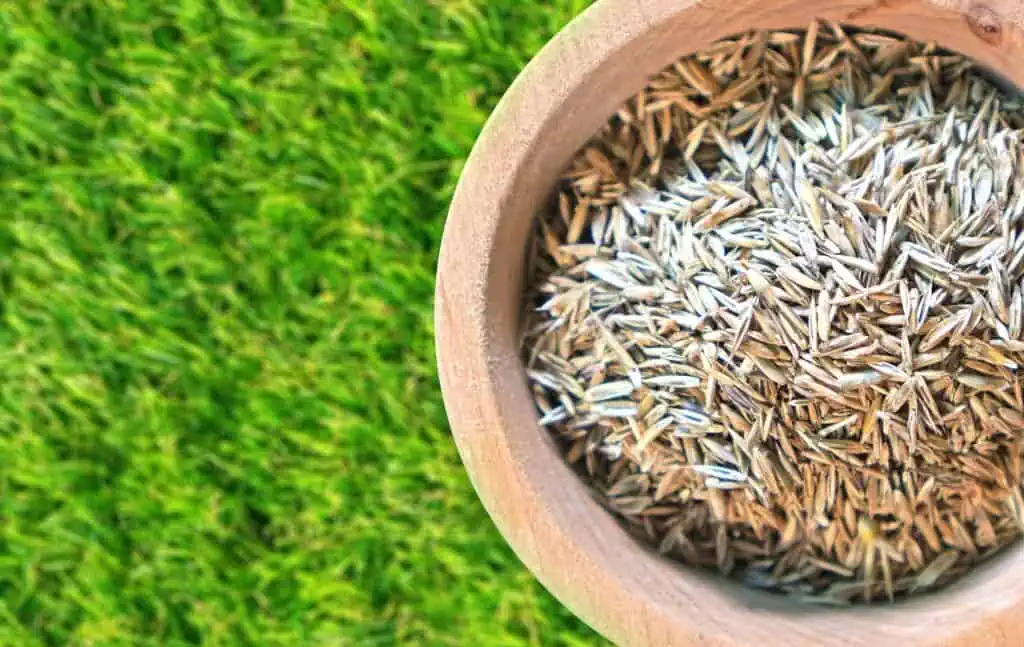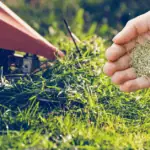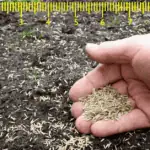Much time and effort go into caring for your lawn or grass. Add watering, applying pesticides, mowing, and other tasks; you have a few duties to see your yard blossoming.
When installing new sod over your yard, you must consider overseeding or reseeding as a critical part of the process. That begs the question, should you overseed new sod? What happens when you overseed new sod?
Continue reading to learn whether you should overseed new sod and everything you need to know about it.
Must You Seed Your Newly Installed Sod Lawn?
Overseeding your new sod is an excellent idea, but you do not have to do it always. Most gardeners and homeowners choose to overseed new sod to fill in patches that might be thin or dying. Your sod needs time to adjust to the new soil, so throwing new seeds on it is not always the answer.
Most lawns go on to have green, lush parts. If so, there’s no point overseeding a healthy new sod. Further, having multiple seeds mean high competition for nutrients in the soil. This competition will leave some seeds facing extinction or poor growth.
Sections of your healthy sod lawn can die off, leaving the ground bare. However, you must overseed new sod when the plant is having trouble growing. Generally, experts recommend leaving your new sod to settle into its new home before making plans to overseed or reseed.
Should You Overseed New Sod?
Yes. You should overseed new sod when you can spot brown signs, thinning, and other indications that grass density has been lost. If you love a lush, fresh-looking sod lawn, you must cover all the bare areas to stop weeds and moss from taking over.
In addition, it’s more economical to buy grass seeds than enough turf to fit the problematic areas. The overseeding process is also less messy and more straightforward than other alternatives. Sodding is generally hard for some people, thanks to the technical aspects, but overseeding is simple, and anyone can do it correctly.
Laying new sod can take up to 2 to 3 days while overseeding problematic areas of your yard takes just a couple of hours.
When you finish overseeding your new sod, it would be best to topdress with soil and a moderate turf blend to cover the seeds. Also, aerating your lawn, dealing with dead grass, reseeding, and drainage are essential things to consider.
When is the Best Time to Overseed?
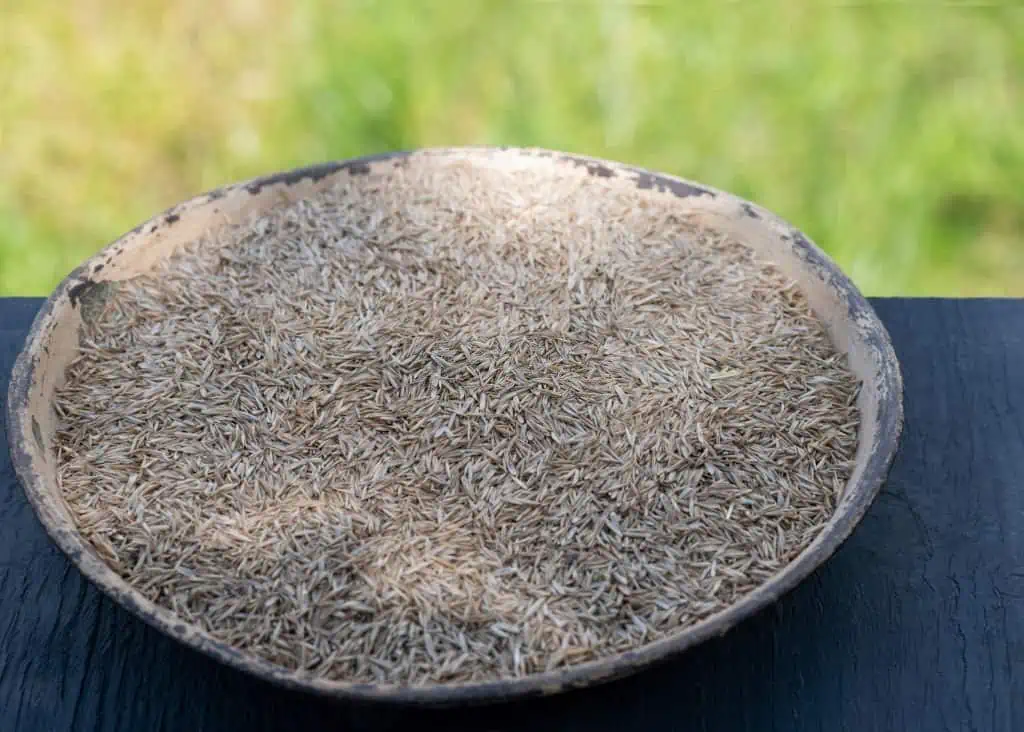
There are ideal times for overseeding your sod. Some seasons will see your sod thrive, while others will stagnate. Many experts suggest overseeding late in the summer or early-mid fall overseeding. Generally, fall weather is the best climate and time for overseeding.
Sod responds best to seeds as the weather cools down. Also, the grass seedlings will enjoy the cooler temperatures and find their way into the ground without hassles.
When overseeding, do your best to avoid extreme weather. Do not wait until the weather is too hot or too cold. Moderate weather condition does wonders for the seeds.
During early fall, the new seeds enjoy optimum germination and growth, especially when you follow that up with fertilizer, water, and other materials. As a result, the sod should be ready before winter strongly sets in.
How To Boost Growth of New Sod
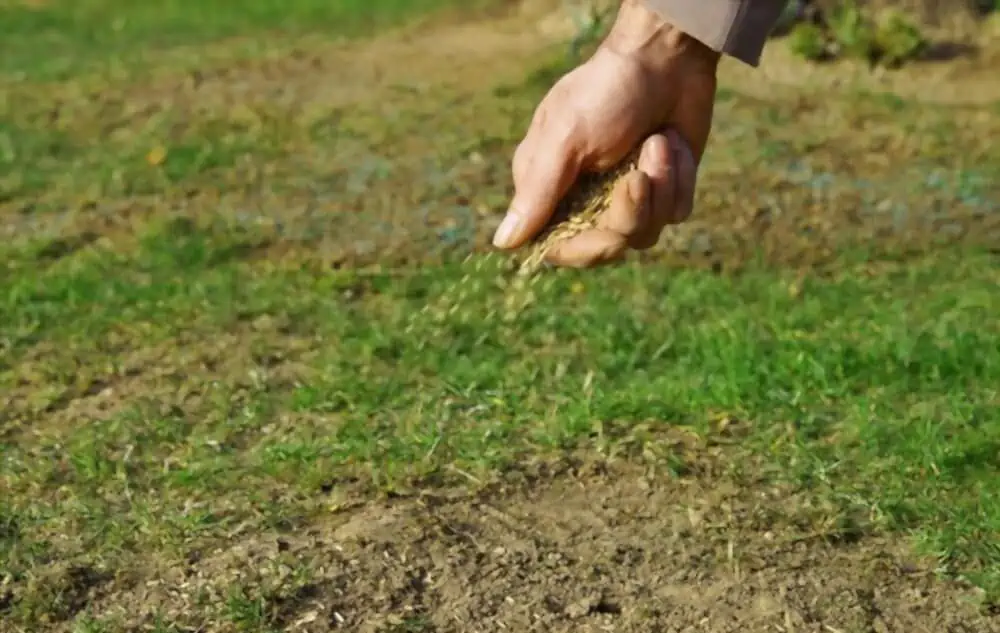
Even before laying down the new sod turf and overseeding, you’d want a situation where it grows green and healthy. In line with that, you can boost the growth of new sod by adding a slow-release nitrogen fertilizer. Still, you can’t just add fertilizers indiscriminately. The best time to fertilize is six weeks after laying your new sod.
New sod comes packed with nutrients, but adding fertilizer provides more reason for your grass to be happy. That’s because sod is transplanted grass, so it will miss nutrients from where it was planted.
Applying a slow-release nitrogen product to the ground should be done in the correct quantities. You wouldn’t want a situation where you apply an excessive amount of a particular product. That can burn your new sod, leaving it brown and unproductive.
Can You Overseed Dead Sod?
You sure can! Many gardeners and homeowners who love a fresh lawn know how to do this. Overseeding helps your lawn grow green and full. Also, applying new grass seeds to an unhealthy lawn can help change its appearance and growing pattern.
Instead of reaping out the dead grass, you can overseed it with new sod seeds. The seeds will offer a less invasive growth pattern, leaving your grass thicker.
Overseeding dead sod is also an opportunity to add a better variety for the climate. However, stick to the current seed type, giving you a thicker spread over the sod. Since new sod takes a couple of weeks to bed in, don’t fret about it being perfect.
You can change later even if you’ve laid new sod for warmer climates. You can do that when the weather is cooler, meaning that you’ll need cool-weather grass to overseed the second time.
Bringing Dead Sod Back to Life
Many wonder whether dead sod can be revived or returned to life. Well, the answer is no. There’s no way you can restore dead sod. But you can revive your lawn to its former lush, green state when you replace or overseed your sod.
Generally, the sod will die if it grows in the wrong climate, faced with adverse conditions or diseases. You can even tear up the dead sod and replace it with a new one during warm weather. On the other hand, many people decide to overseed the dead sod and let the rest of the blades take charge.
Remember, though, that when sod dies completely, it will never come back to life. Even if your sod lawn gets brown through winter dormancy, it’s normal. However, if that happens in mid-spring, something is wrong, and you must overseed the sod.
Overseeding New Sod: Things You Need
Have you made up your mind to overseed your new sod? These tools and materials will go a long way to help you complete the process:
1. Grass Seed
It would help if you had grass seed. Seeds don’t just pop up from any soil or location. So you need to pick which one suits your yard and aesthetic appeal. Categories of grass seeds include ornamental, hard-wearing, shady, and general-purpose grasses.
2. Lawnmower
Your new sod will need cutting at some point. Just don’t do it too early. A lawnmower is a perfect tool to trim and prune your sod grass.
3. Pre-Seeding Fertilizer
A slow-release pre-seeding fertilizer will come in handy here. It will give your grass the best opportunity to grow and thrive across your yard.
4. Seed and Fertilizer Spreader
Seed and fertilizer spreaders become necessary when you have a large area of sod lawn. Conversely, you can use your hands to spread seeds and fertilizer over a small space.
A spreader isn’t just convenient to use and delivers more accurate results. You’ll find spreaders of all shapes and sizes; choose the perfect fit for your yard.
5. Lawn Roller
You want to ensure the seeds make good contact with the soil. You can do that with a lawn roller or tamper. This tool will help you push the sod into the ground.
If you don’t have a lawn roller or prefer something else, tread your lawn gently using a lawnmower equipped with a roller at the back. Just make sure it’s turned off before using it.
6. Sprinkler And Hose (Watering)
After all, is said and done, water is critical to get your overseeded sod growing and thriving. A sprinkler and hose will help you cover every inch of the area from the water source.
Final Thoughts
Do you want to start a brand new sod lawn over your yard, or do you want to change the fortunes of an existing one? Overseeding is the way to go. Moreover, you do not have to overseed healthy, growing sod unless it has some dead sections or patchiness.
Overseeding is necessary if there’s an issue with your current sod lawn. Doing it will save you money and a lot of grass you could have given up on.
Now that you know this, ensure you give your overseeded sod time to adjust to its new home. Also, use the correct tools to install new sod in your yard.
